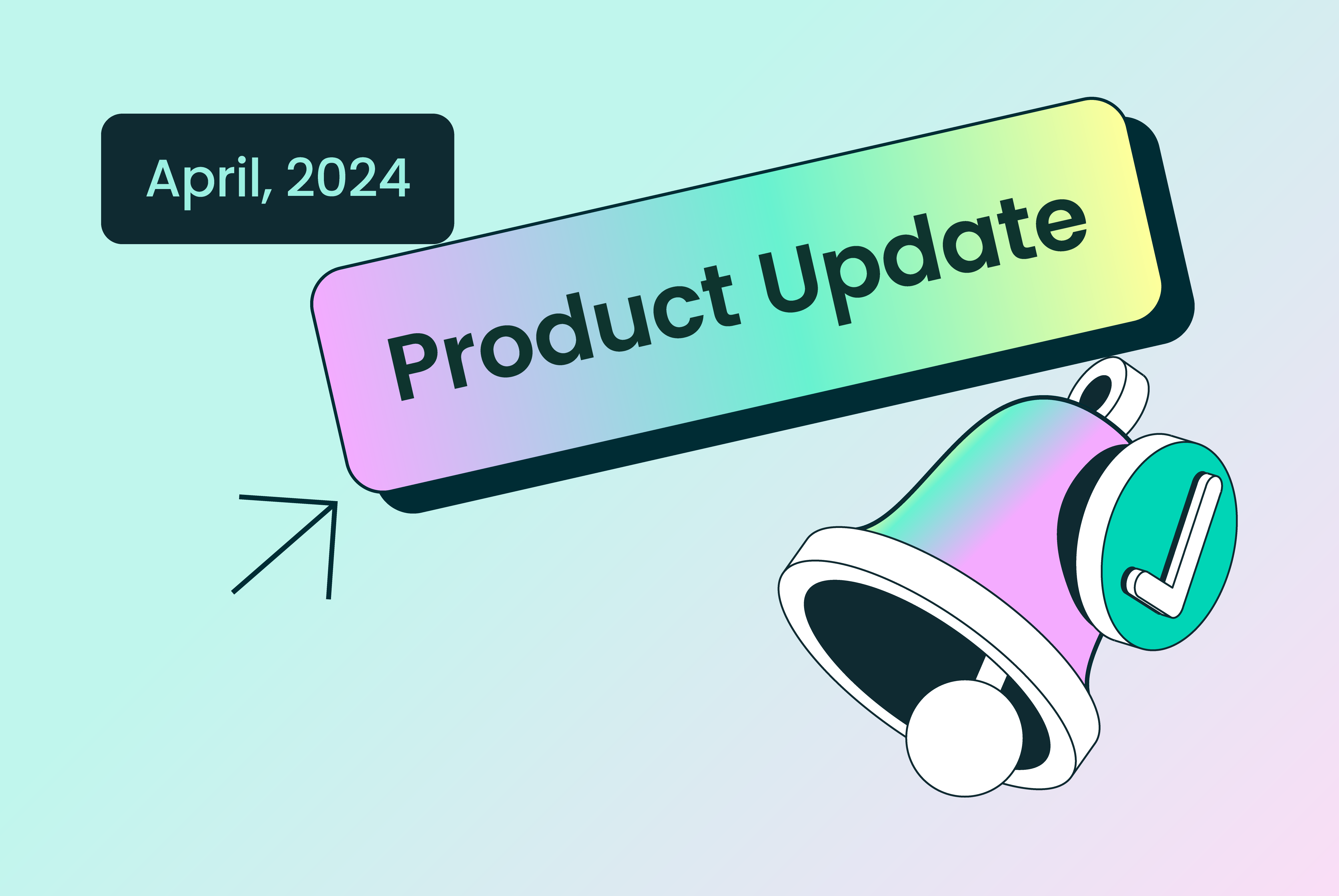12 Cybersecurity Measures to Take in 2024
Last week, someone decided to play CEO on a mission – to trick a colleague into sending them personal funds. Yep, the old “send money now” trick. Only this time, the scammer was attempting a poor impression of our CEO.

This incident was a wake-up call for us and, should be for other Nigerian businesses as well. In a world where anyone can pretend to be anyone else with just a few clicks, it’s important to prioritize cyber defenses in 2024. From regular check-ups on digital systems to ensuring every team member knows the ropes, including recognizing a scam, this article will share more cybersecurity measures that your company should undertake this year.
Regular Security Audits and Assessments:
Regular security audits and assessments are foundational in identifying and addressing vulnerabilities in enterprise systems, networks, and applications. Proactively identifying potential risks is critical to preventing cyber threats from exploiting weaknesses in the security infrastructure.
Employee Training and Awareness:
Once our CEO was made abreast of this scam attempt, he promptly sent a message to the company group to ensure no one was impacted by this.
Aside from sharing notices like this, investing in ongoing cybersecurity training for employees is crucial. Educating staff about the latest threats, social engineering tactics, and the significance of adhering to security policies strengthens the organization’s human firewall against potential attacks.
Multi-Factor Authentication (MFA):
Implementing multi-factor authentication provides an additional layer of security by requiring users to provide multiple forms of identification. This mitigates the risk of unauthorized access, enhancing overall access control measures.
On Duplo, multi-factor authentication is one of the security layers that we implement to protect our customers and their valuable financial data. Ensure that the financial software you use protects your data to avoid any breaches.
Endpoint Protection:
Advanced endpoint protection solutions are also essential for securing work devices such as laptops, desktops, and mobile phones. This approach safeguards against various threats, including malware and ransomware, that specifically target endpoints.
When a new employee is issued a laptop, it should come with antivirus software to ensure that their data and company data are well protected. When an employee leaves as well, it is important to thoroughly check the laptop to ensure no breaches will be possible through the device before it is issued to someone else.
Network Security:
Robust network security is achieved through the deployment of firewalls, intrusion detection/prevention systems, and continuous monitoring. Network segmentation adds an extra layer of defense, limiting lateral movement in case of a security breach.
Data Encryption:
Encrypting sensitive data, both in transit and at rest, ensures the confidentiality and integrity of critical information. This additional layer of security protects data even in the event of unauthorized access.
Patch Management:
Regularly updating software, including operating systems, applications, and third-party plugins, is crucial for closing potential vulnerabilities that could be exploited by cyber threats. Effective patch management is key to maintaining a secure IT environment.
Incident Response Plan:
Developing and regularly updating an incident response plan is essential for guiding the organization’s response in the event of a cybersecurity incident. A well-defined plan with clear roles and procedures is crucial for minimizing the impact of security breaches.
Secure Cloud Practices:
Adopting best practices for securing cloud environments is vital as more enterprises leverage cloud services. This includes implementing robust access controls, encryption, and continuous monitoring to ensure the security of data stored in the cloud.
Collaboration with Industry Partners:
Staying informed about cybersecurity trends and threats through collaboration with industry peers, sharing threat intelligence, and participating in relevant forums enhances the collective ability to respond to emerging challenges.
Zero Trust Security Model:
Adopting a Zero Trust security model, where trust is never assumed, ensures that verification is required from everyone accessing resources within the network. This minimizes the risk of unauthorized access and lateral movement within the network.
Artificial Intelligence (AI) and Machine Learning (ML):
Leveraging AI and ML technologies for threat detection and analysis enhances an organization’s ability to identify and respond to evolving cyber threats. These technologies analyze patterns and anomalies in real-time, providing a proactive defense against emerging threats.
By implementing these strategies, organizations can significantly enhance their defenses against a dynamic threat landscape, ensuring the resilience of their digital assets. Regular reassessment and adaptation to emerging threats will be crucial in maintaining a robust cybersecurity posture.
Do you want to streamline and automate your financial activities while protecting your vital financial data? Duplo offers robust cybersecurity measures to protect your data. Get started today.




